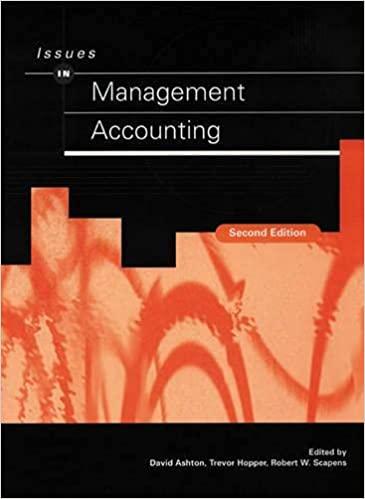ch21

Brian is a tenired faculty member who teaches molecular physics at a university where he earns an annual sabary of $160,000, He intends to take the neat year off to focus on wnting a new undergraduate physias teatbook, so he will not earn amy income neat year, He is ourrenth deoding how inuch of this year's salary he should save for neet year. Assume that there are no tax implicabons assocated with the decision, and ignore what happens after next year, Therefore, next year Brian will concume whatever he saves this year plus interest, and he is not concerned with the future bevond next year, The following graph shows Brar's preferences for consumption this year and next year. Suppose initially Hrian cannot earn intereat on the money he sives. Use the green line (triangle symbol) to plot Erian's budget aonstraint ( PC1 ) on the following oraph. Then use the black point (plus symbov) to show his optimum consumption bundle. Notes Pashed drog lines will automatically extend to both mes. Now suppose Brian can eam 50% real interest on any money he saves: Use the blue line (circle symbol) to plot his new budget constraint ( BC2 ) on the previous graph. Then use the grey point (star symbol) to plot his optimum consumption bundle at this interest rate. (Hint: To plot BC2, think about how much mancy Brian would have next year if he saved his entire income this year.) Using the previous graph, complete the following table by indionting how much Erian should save of his current income when he cannot earn any interest on his sovings and when he can earn 50% interest on his savings. Which of the following statements is a good descriptien of the results of this exercine, as well as its implications for broader consumer behaven All corsimers, inchading belan, save less moner when inteiest rates are lugh, because they dont need to save as moch money to have the same future income. In this case, Brian saves less money when interest rates are high. Howeves, consumers with different preferences might save more money when interest rates are high. In this case, Brian saves more monev when interest rates are high. Howeves, cansumers with different preferencrs inipht save less money when interest rates are high. AH consumers, inchding Brian, sove more money when interest rates are high, because thev get a higher return on that investment









